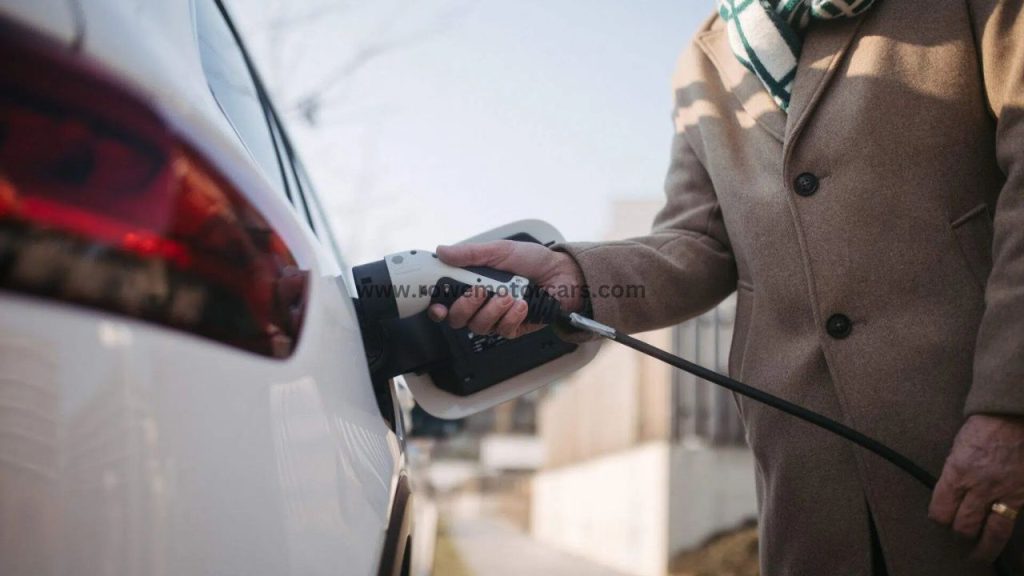Determining how long it takes to charge an electric car (EV) can be complex, similar to asking how long it takes to cross the country—it depends on various factors. The time required to charge an EV depends on the power source, the vehicle’s charging capacity, and the battery size a smaller role compared to the main factors.
Key Factors Affecting Charging Time
1. Charger Level
Level 1 Chargers: These use a standard 120-volt household outlet. Charging with this source is very slow, often taking days to fully charge an EV. It’s more suitable for overnight charging rather than quick recharges.
Level 2 Chargers: Operating at 240 volts, Level 2 chargers are commonly used in home charging stations. They offer a significant speed boost, usually taking between 4 to 10 hours to fully charge an EV, depending on the vehicle and power output.
Level 3 Chargers (DC Fast Chargers): These are the fastest charging option, delivering high-voltage direct current to quickly charge the battery. They can add substantial range in as little as 30 minutes to an hour, depending on the vehicle. Tesla’s V3 Superchargers and Electrify America’s high-power chargers are examples of DC fast chargers. Charging speed can vary based on the vehicle’s maximum charging rate.
2. Maximum Charging and Driving Range
Charging from 10% to 80% is typically faster than charging from 80% to 100% because the charging rate slows as the battery nears full capacity to protect its lifespan. Fast chargers are best for long trips where quick top-ups are needed, while daily driving can be managed with overnight home charging.
3. Battery Size
Larger batteries take longer to charge. For example, a GMC Hummer EVwith a 205-kWh battery will take longer to charge compared to a Lucid Air Grand Touring with a 112-kWh battery, even if the charging rates are similar. Efficiency and battery capacity play significant roles in charging times.
Power Source
The type of electrical outlet used affects charging speed. A 120-volt outlet (Level 1) is very slow, similar to using a squirt gun to fill a barrel. A 240-volt outlet (Level 2) is much faster and recommended for home charging. For the fastest charging, Level 3 chargers deliver high current and voltage, significantly speeding up the process.
Charger Capacity
The onboard charger in the vehicle converts AC electricity from the wall into DC electricity for the battery. Onboard chargers vary in capacity, usually measured in kilowatts (kW). For instance, a car with a 10-kW charger and a 100-kWh battery would take approximately 10 hours to charge fully, assuming optimal conditions.
Typical onboard chargers range from 6 kW to over 30 kW. For example, the Tesla Model 3 Performance has an 11.5-kW charger, allowing it to fully utilize a 240-volt, 60-amp circuit. Charging times can vary, but a well-matched power source and onboard charger will ensure efficient charging, often providing a full charge by morning if plugged in overnight.
Conclusion
The time it takes to charge an EV depends on several factors, including the charger level, battery size, and onboard charger capacity. While Level 1 charging is slow and impractical for quick needs, Level 2 chargers offer a good balance for home use. Level 3 chargers provide rapid charging, ideal for long trips. Understanding these factors helps in planning your charging needs effectively.
For More Article: rowemotorscars

